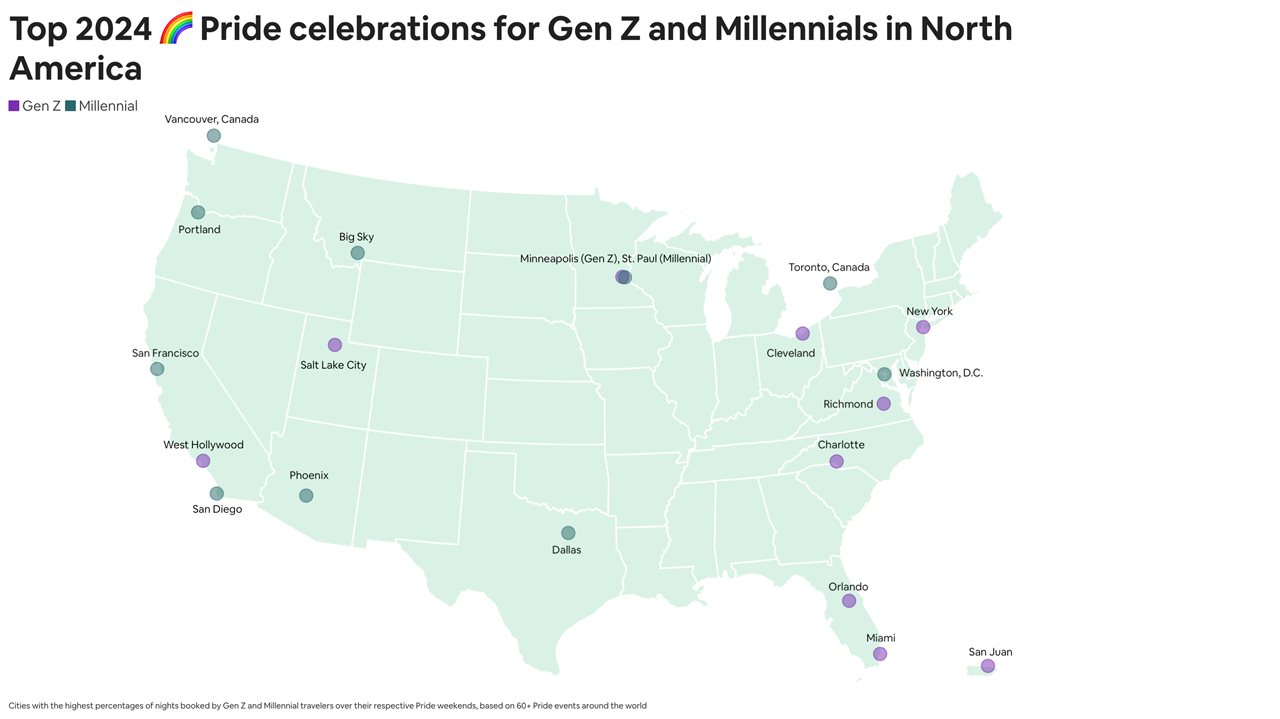2024-05-31T14:01:01
(BPT) – Couples yearning to start a family often face numerous challenges, including financial worries, health concerns and fears about potential problems during pregnancy and birth. One significant challenge that many couples may not anticipate is infertility.
According to a recent survey, 77% of U.S. women aged 25-34 who have been trying to conceive over the last 12 months did not think about their ability to get pregnant until after they decided to try to conceive. In the survey that was commissioned by First Response in collaboration with RESOLVE: The National Infertility Association, a majority (57%) didn’t realize how long it would take to get pregnant, and almost 2 in 5 women trying to conceive (38%) wish they knew how much conflicting information there was before attempting to get pregnant.
For many couples, the challenge to conceive is even more difficult if they live in a “support desert” — an area where health care resources and infertility support are not available. This most often includes rural communities, where distance creates one problem, but the local health care infrastructure itself can be inadequate to meet the needs of young families. The survey revealed that over 2 in 5 women trying to conceive (42%) do not have local access to infertility support groups and treatment. That number climbs to 62% for rural women who feel they have inadequate access, amplifying their sense of isolation and frustration. Additionally, 41% simply don’t know what resources are available.
Beyond facing limited or nonexistent resources, many couples feel a stigma around discussing infertility, accompanied by shame, embarrassment or a belief that they are at fault. While over half of those surveyed have talked to friends (57%) or family members (56%), only 42% have spoken to a health care provider, 24% discussed their journey to pregnancy with a mental health expert, and only 16% sought a support group.
The importance of information and resources
Access to adequate information, support and resources is crucial for couples trying to conceive. In the survey, a staggering 93% of women said they believe at least three misconceptions about trying to get pregnant when given a knowledge test about common facts regarding pregnancy.
Expanding support and getting the word out about resources is crucial. Women with access to local infertility support groups and treatments are more than twice as likely to use these resources (21% versus 10% without access). In addition, women with access to infertility support groups and treatment in their area report being more likely to reach out to family members (59%) or health care and mental health providers (56%) than those without local options.
What couples can do
For those living in rural communities and other support deserts, it’s vital to be proactive by seeking out care, advocating for your well-being and creating a support structure if you can’t find one. Couples living in support deserts can:
- Seek out community outreach programs: Contact your nearest health care facilities and social service programs to ask about resources.
- Access telemedicine platforms: Ask health care clinics and hospitals in your state if they can provide remote consultations and support.
- Join or establish in-person/remote support groups: If you can’t locate support groups near you, start one — or consider joining or creating a remote support group to share experiences, information and resources with others going through infertility. RESOLVE.org is home to several resources that empower, educate and equip couples to help address roadblocks in conceiving, including free support groups.
- Advocate for yourself and others: Destigmatizing infertility is key. Speak out, educate others and encourage open and supportive dialogue within your community. Join The Pregnancy Hub by First Response™, a community created to help connect and inspire those navigating trying to conceive.
Survey Methodology: The survey was conducted by Wakefield Research among 1,000 U.S. women, ages 25-34, who have been trying to conceive over the past 12 months, “Trying to Conceive” defined as trying to get pregnant either naturally or with assistance, between March 27 and April 7, 2024, using an email invitation and an online survey.













